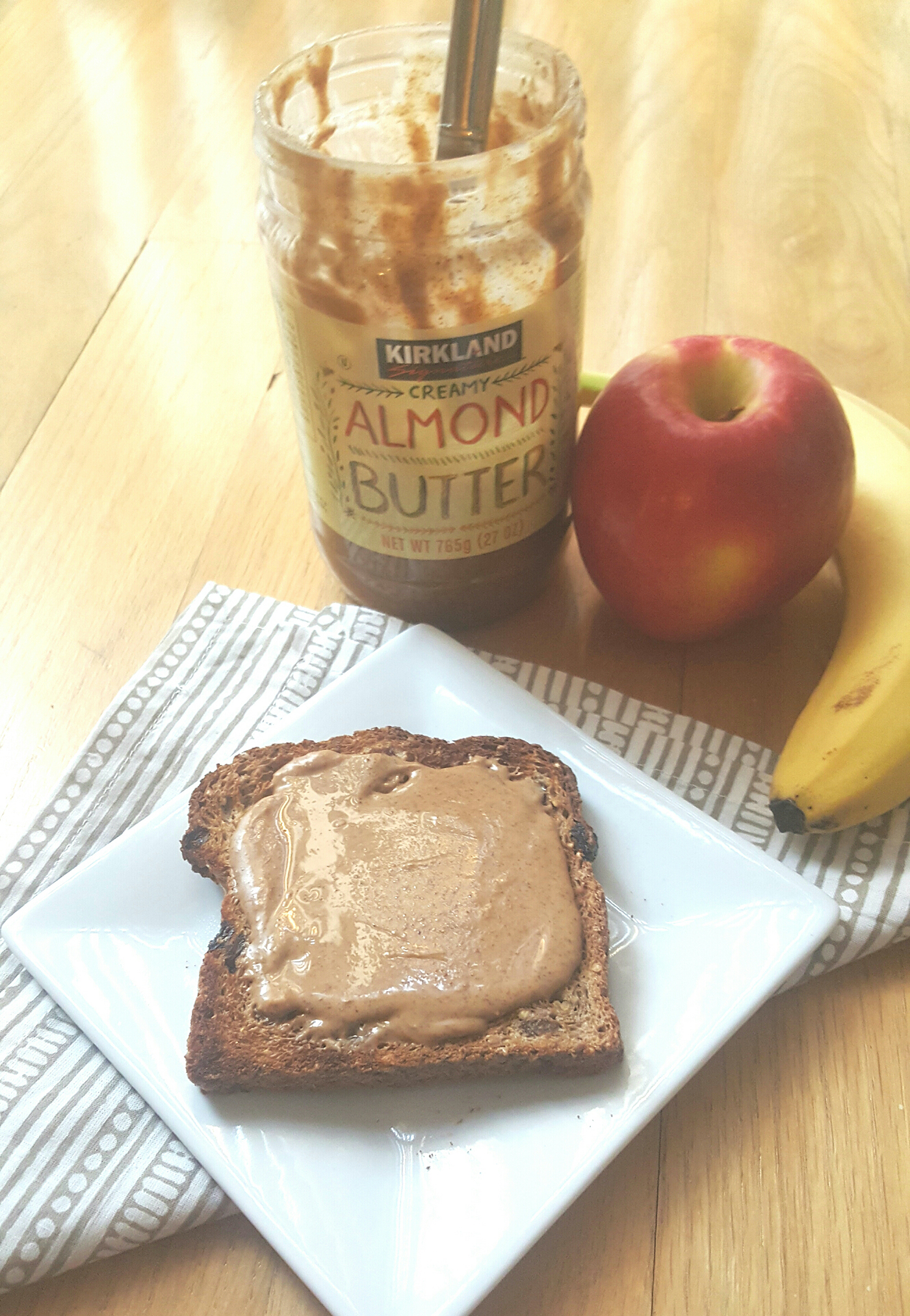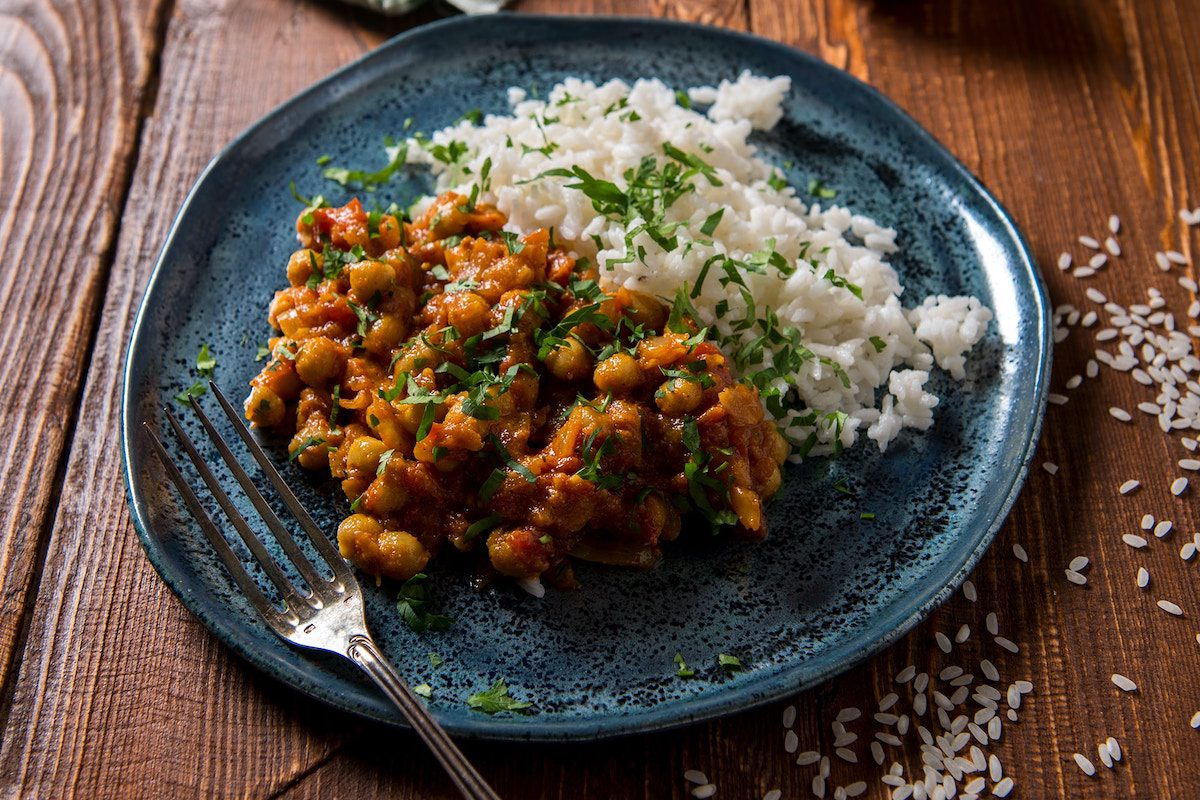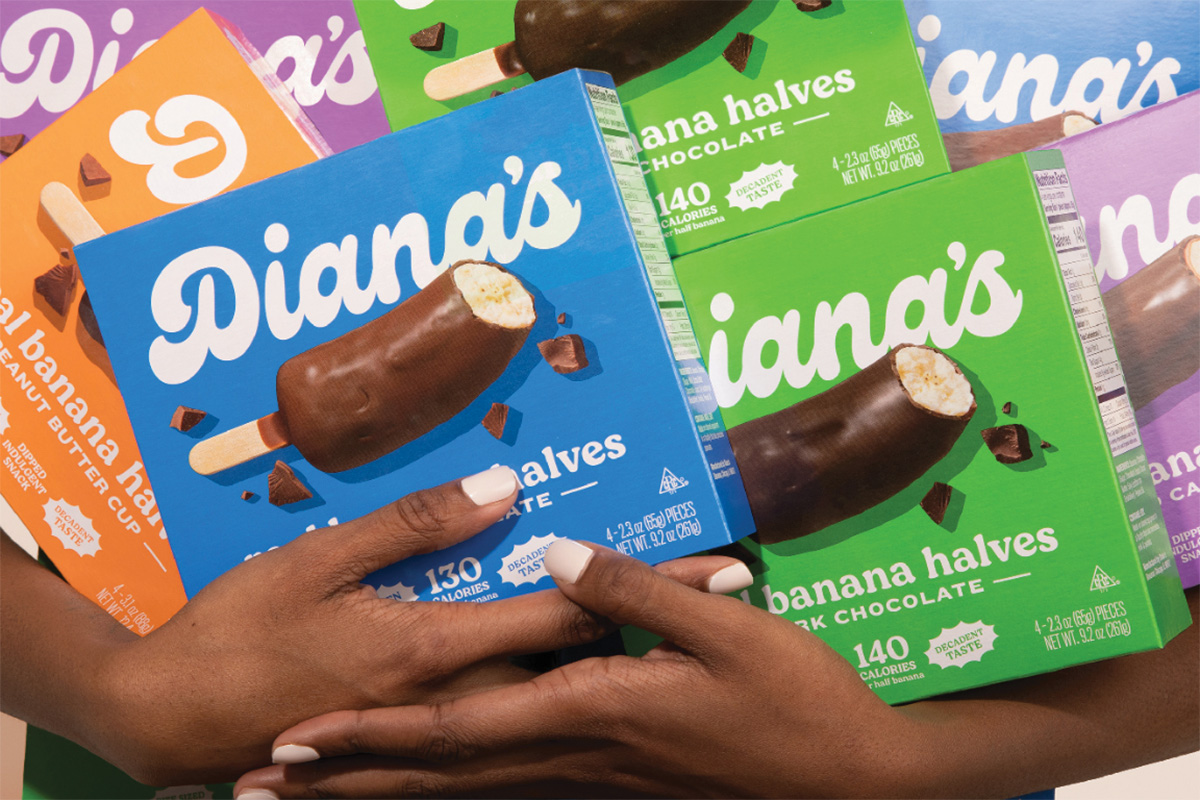Food as Fuel: Pre- and Post-Workout Nutrition
The question “What should I eat before and after my workout?” can get so complicated that it’s easy to just skip the thought process altogether. But feeding your body the right foods at the right time – according to what workout you’re doing – can make all the difference in your exercise performance. Here is an easy-to-remember guide to fueling your workouts, whether they’re high or low impact.
Pre-workout: Fuel up the engine before the drive
High Impact or Intensity
(e.g. running, interval training, weight lifting, cardio classes)
As you may have experienced in the past, eating close to your workout can have some negative effects (yes, those bar bites at happy hour did not feel good during those rounds of burpees). Your body needs some time to digest the food and use the nutrients for fuel. A general rule of thumb is to eat 1-3 hours before your work out, depending on how your body tolerates food. A food that is higher in fat will take longer to digest. If you have any gastric distress during workouts, experiment with spacing it out longer. Or try switching to more simple carbs and avoid higher fat foods. It’s best to include both protein and carbs in your pre-workout provisions. Carbs are fuel for your muscles and are more easily digested. Proteins help prepare the body for repairing and rebuilding.
Fuel Foods:
- 1 slice whole grain toast + 1-2 Tbsp nut butter
- Make it gluten-free: Apple slices or banana + 1-2 Tbsp nut butter
- Make it paleo: Avocado slices topped with lemon juice and a sprinkle of sea salt + a handful of unsalted almonds and walnuts
- 5 oz container Greek yogurt with ½ cup fruit
- Make it vegan: ½ cup plain oatmeal + ½ cup fruit + a splash of almond or coconut milk
- Make it paleo: Coconut milk yogurt (make sure to look for low-sugar versions) + handful of pecans and pumpkin seeds
- Granola bar + piece of fruit
- Make sure to choose a bar that is low in added sugars (or better yet, make your own!)
Low Impact or Intensity
(e.g. walking, golf, a bike ride, gentle yoga)
These types of exercises do not require as much fuel as higher intensity exercises so it’s best to eat as you normally would – aiming for a regular, balanced meal 1-3 hours before your work out.
*Extra workout snacks before or during exercise may leave you with extra and unused calories. Make sure to assess the type of workout and consider your energy needs.
Post-workout: Refill and repair the engine
High Impact or Intensity
Eat as soon as you can after your workout to help your body recover. This helps replenish your body’s glycogen stores and provides those protein building blocks for muscles to repair and rebuild. A general rule of thumb is to aim for a carbs and protein ratio of 2:1 to 4:1 (grams of carbs:grams of protein) depending on the endurance of your workout.
It’s especially important to rehydrate after a workout – stick to water and ditch the sugary drinks.
Fuel Foods:
- 1 cup sweet potato + 3 oz chicken breast (2:1)
- Make it vegan: swap the chicken for ½ cup black beans + dollop of salsa (Note: this will increase the carbs)
- Make it paleo: swap the sweet potato for 1 cup broccoli or carrots (Note: this will reduce the carbs)
- 2 egg veggie scramble + 1 slice of whole grain toast (2:1)
- Make it gluten-free: swap toast for ½ cup of sweet potato
- Make it vegan: swap eggs for ½ cup tofu scramble or 2 Tbsp hummus
- Smoothie or smoothie bowl:
- Increase the protein by adding nut butter, cow’s milk or protein powder of choice
- Increase the carbs by adding more fruit such as bananas or berries, or rolled oats
Low Impact or Intensity
Eat a regular balanced meal 1-3 hours after, making it fit into your typical eating plan. Aim for a healthy mix of protein, vegetables, whole grains or fruit.
Please note that these are general guidelines. It’s important to customize them to your individual needs and experiences with fueling pre- or post-workout. Experiment (on non-race or competition days) and find what’s best for your body. Consider keeping a journal to track pre- and post-workout energy levels and effects. You put the effort into that tough and sweaty workout, so give your body the fuel and replenishment it deserves!














